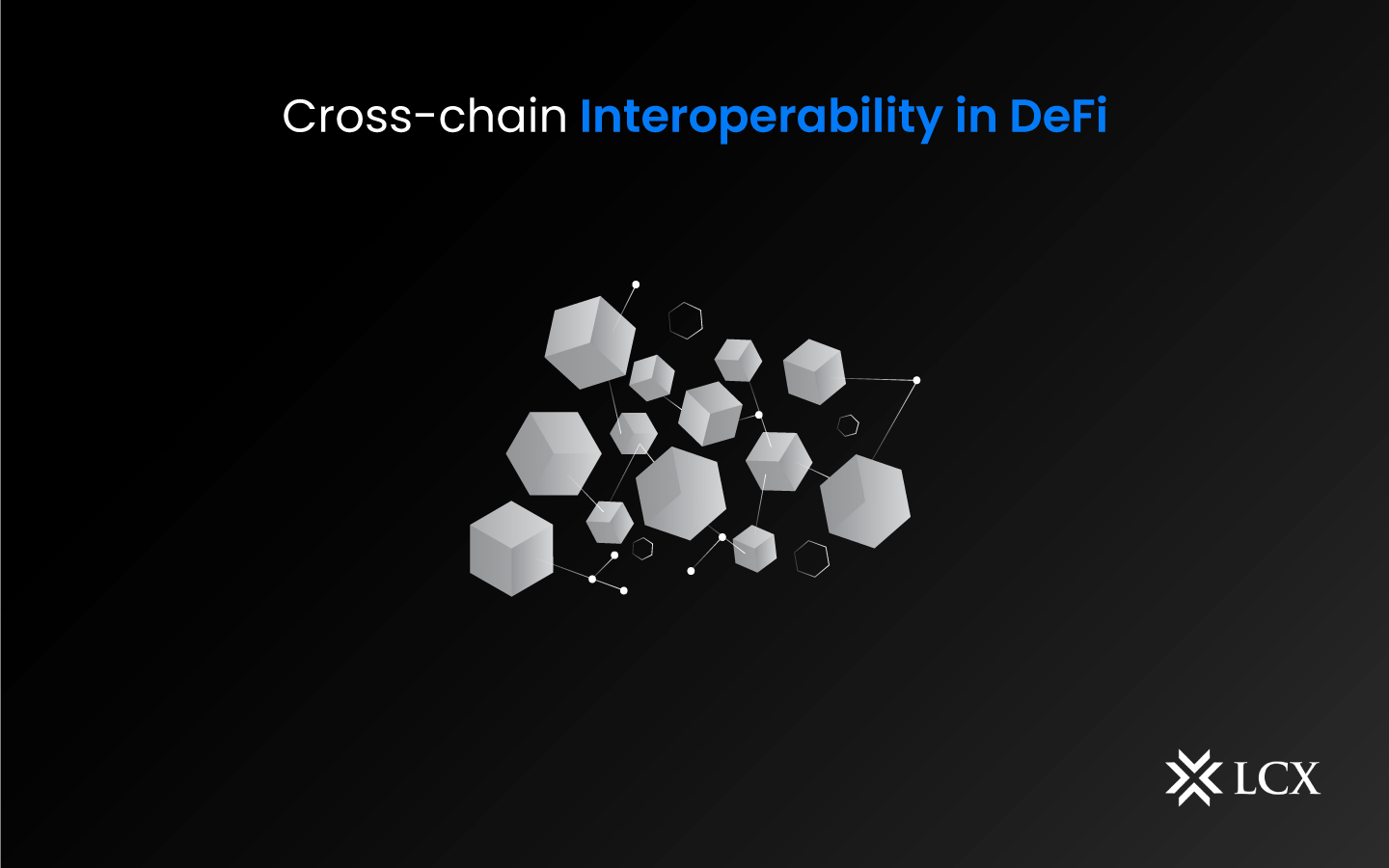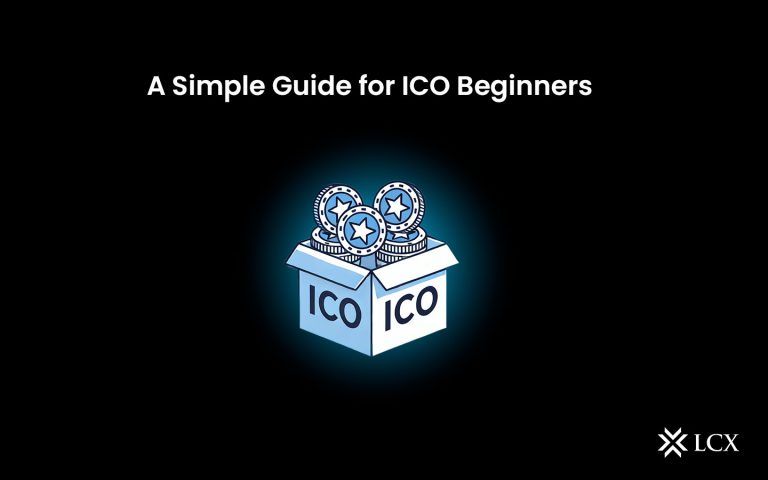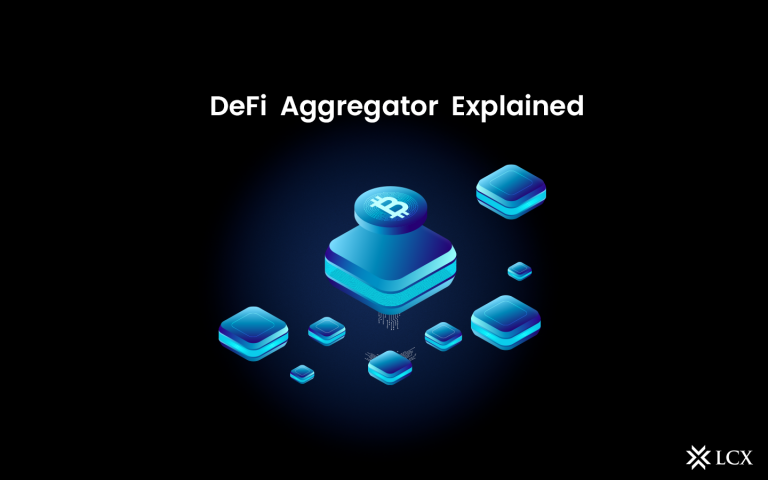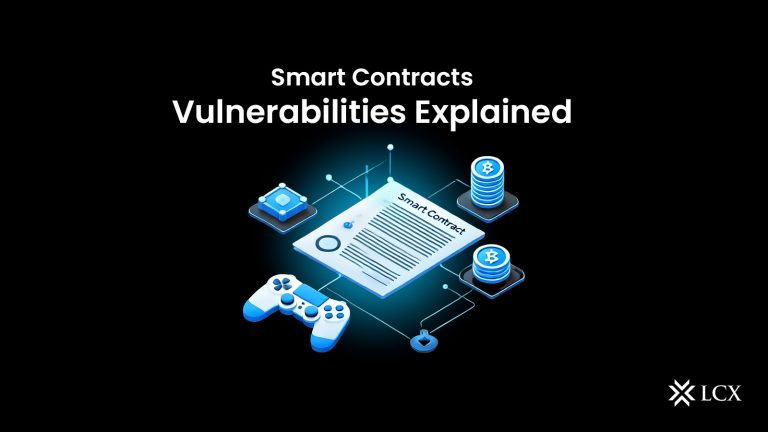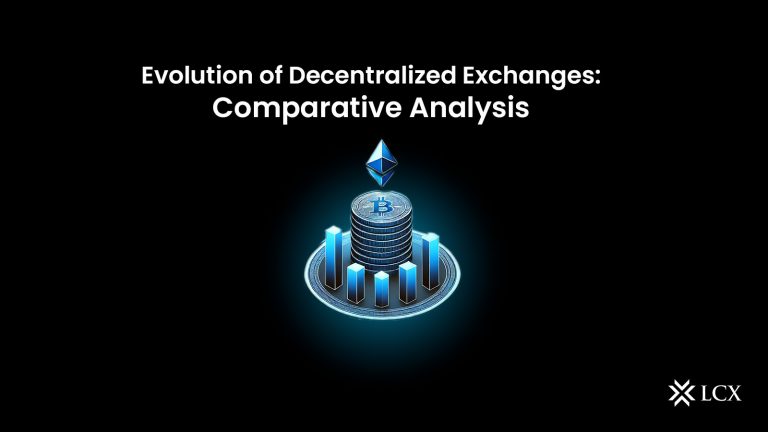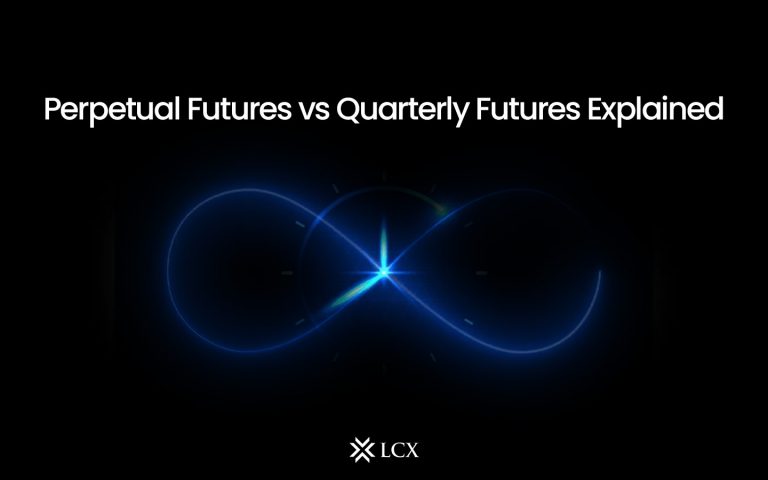The siloed nature of blockchain technology and Web3 today is one of the significant barriers preventing its widespread adoption. A blockchain is essentially a shared ledger that keeps an immutable track of transactions that its users post. They resemble parallel, straight lines that do not intersect, terminate, or cross paths. Despite having similar underlying technologies, the vast majority of independent blockchain networks are incompatible. Blockchains cannot function as “cross-chain” or in simple terms, “mix” because a blockchain’s primary aim is to allow users to collaborate without contact to maintain a shared record.
Due to the fact that each blockchain maintains its own ledger, combining them would require both chains to “agree” on a single state for each compatible chain and trace every subsequent transaction on the other. Presently, this procedure is far from efficient and introduces a variety of complications. Thus, the complexity of maintaining more than one ledger, even when a blockchain is forked, the new chain can only operate alongside the original one. The exclusivity of Layer-1 blockchains poses a significant challenge for DeFi protocols that wish to extend their services to many networks.
Introduction to Cross-Chain Interoperability
Interoperability in the context of blockchains refers to the capacity of a blockchain to exchange data freely with other blockchains. On a given blockchain, for instance, every asset that is possessed and every transaction that is conducted are recorded. With the proper interoperability solution, any economic activity that takes place on one blockchain can be represented on another blockchain. This indicates that the economic activity potential of one blockchain can expand to another blockchain, which is one of the primary characteristics of blockchain interoperability solutions.
Cross-chain interoperability in the context of DeFi means that different decentralized applications (dApps) and protocols can operate across different blockchains, allowing users to access a wider range of assets and services. Cross-chain interoperability is important as the DeFi ecosystem is presently worth more than $40 billion, of which Ethereum accounts for more than 58%. If blockchain interoperability does not exist, users of non-Ethereum blockchains like Polygon and Avalanche will not be able to participate in the value created within the largest DeFi ecosystem.
Prior to the advent of cross-chain interoperability, DeFi protocols could only serve the crypto community of the blockchain on which they were created. There was no room for non-Ethereum users on the most popular blockchain ecosystem to engage in Decentralized Finance. Hence, they inherited all the underlying difficulties of their local network. This resulted in slower transaction speeds and higher gas fees for Ethereum. For a few others, it needed more liquid assets and a limited consumer base. Hence, cross-chain technology altered the game for decentralized finance.
Furthermore, cross-chain interoperability can lead to wider adoption of DeFi. By allowing users to easily use DeFi protocols across blockchain networks, their interactions with DeFi will be enhanced. This accessibility can, in turn, attract more people to Web3 and DeFi. The influx of more liquidity into the DeFi ecosystem enables larger lending, staking, and yield farming operations. Cross-chain interoperability also enables users to transcend the restrictions of particular blockchains; they are no longer constrained by Ethereum’s higher gas fees and other networks’ low liquidity and fewer users. Developers can also design primitives that enable the transfer of digital assets between various chains.
Cross-Chain Interoperability: What Does the Future Hold?
Although cross-chain interoperability in DeFi is gaining traction, there is still a great deal of work to be done before it becomes the norm in the cryptocurrency space. Many prominent decentralized applications do not enable transactions over several blockchains, and those that do face a multitude of obstacles.
If cross-chain interoperability is to establish a strong foothold in the future of crypto, then it needs to strengthen its very foundation, the cross-chain bridge mechanism. Bridges are essential infrastructure in the cross-chain DeFi ecosystem, and they are the fundamental framework behind asset transfer across multiple chains. Bridges essentially lock assets on one network and mint the corresponding assets on another. They can be unidirectional (only enabling transactions in one direction) or bidirectional (allowing back-and-forth transactions across two networks).
As cross-chain bridges are the foundation of DeFi interoperability, hackers have been aggressively targeting them as of late. Although they have contributed to the scalability of DeFi, solutions spanning multiple blockchains add privacy and transparency issues, and some known bridges even need KYC verification for prospective users.
In the foreseeable future, cryptocurrency decentralization will continue to expand. Interoperability between blockchains will play a crucial role in leveling the DeFi playing field for users and protocols. It is conceivable that the surplus liquidity on Ethereum will extend to other blockchain networks.
Final Thoughts
In conclusion, cross-chain interoperability is critical for the growth and adoption of DeFi applications. The lack of cross-chain interoperability has hindered DeFi applications from leveraging the advantages of different blockchain networks. Various solutions, such as Atomic Swaps, bridges, and DEXs have been developed to achieve cross-chain interoperability. However, these solutions face challenges such as low liquidity and high transaction fees. Therefore, blockchain networks are developing their own cross-chain interoperability protocols to address these challenges. With the development of cross-chain interoperability, DeFi applications can leverage the strengths of different blockchain networks and facilitate the growth of the DeFi ecosystem.
